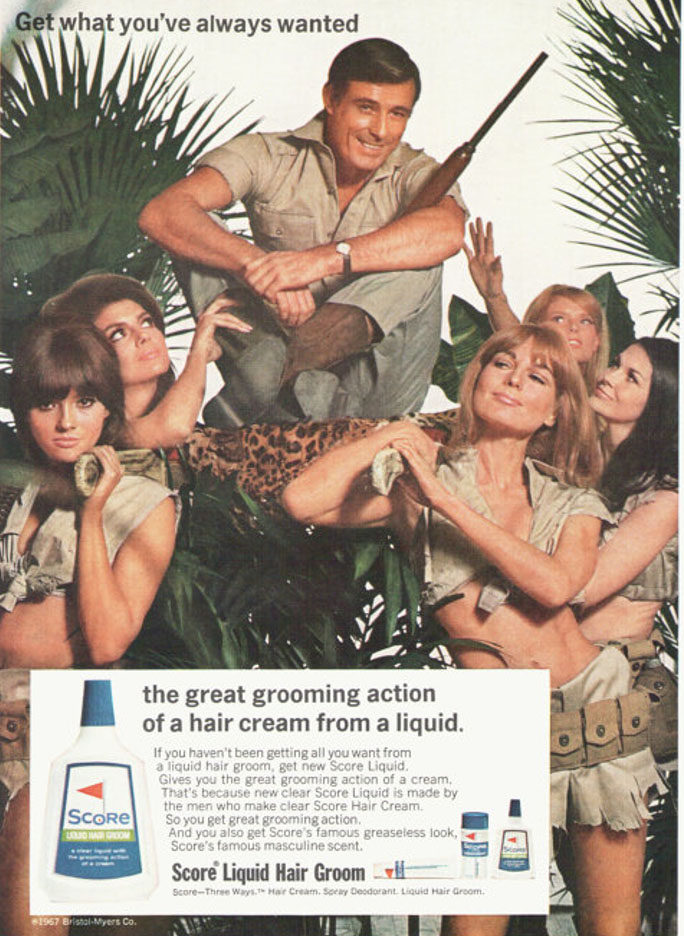
LANGUAGE ANALYSIS
- Mise-en-scene analysis
- everything infront of the camera, eg lighting, actors, set design
- Production values and Aesthetics
- technical quality of methods and materials used to make a media product such as a film or advert
- aesthetics is how pleasing something is to look at
- Semiotics: how images signify cultural meanings
- the nature and culture of an advert and sometimes hidden messages in adverts are shown through semiotics
- How advertising conventions are socially and historically relative
- the way media products are advertised has changed over time and advertisement of different types of products (eg films vs magazines) is different
- advertisement can aim to target a specific group of people to attract a certain target audience
- The way in which media language incorporates viewpoints and ideologies
- people’s views can be altered by what they read (suggested by Althusser, can be changed without knowing it and over time, Chomsky and Gerbner)
- hegemony (gramsci) – ideoloiges can be changed by using power eg big media conglomerates changing the way their audience thinks
Narrative
- How does Score construct a narrative which appeals to its target audience
- How and why audience responses to the narrative of this advert may have changed over time
- over time ideologies shift as people learn more about the world and how the media changes the way it feeds info to the public
- How does this advert create desire for the product
- Techniques of Persuasion
- Students should be able to demonstrate knowledge and understanding of the persuasive techniques used in the advert and issues surrounding brand values, brand message, brand personality and brand positioning should inform the analysis
Media Representations
Discussion of the Score advertisement will focus mainly on representation of gender including
- The processes which lead media producers to make choices about how to represent social groups
- How audience responses to interpretations of media representations reflect social, cultural and historical attitudes
- The effect of historical contexts on representations
- Theories of representation including Hall
- Theories of gender performativity including Butler
- Feminist theories including bel hooks and van Zoonen
- Theories of identity including Gauntlett
HISTORICAL, SOCIAL AND CULTURAL CONTEXTS
- Score hair cream, 1967
- 1967 – period of slow transformation in western cultures with legislation about changing attitudes to the role or women (and men)
- year of decriminalisation of homosexuality
- colonialist values can be linked to social and cultural contexts of the ending of Empire
